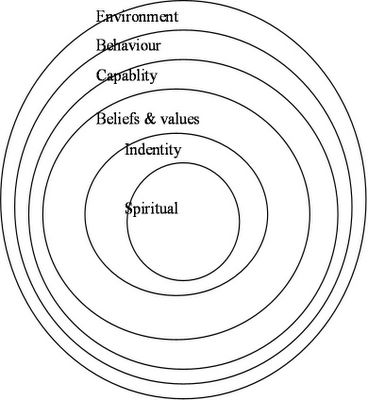Lesson 11 Group Presentation Assignment - barriers to success
Student Development Programme
Group Presentation Assignment
Question
What are two of the barriers to success at A level examination for Lower Sixth students at the Community College of St Vincent and the Grenadines? How could these barriers be avoided or removed?
Instructions
1) Prepare a short presentation for the SDP class in a group of no more than 8 students and no less than 4. The presentation should take no more than 15 minutes.
a. Select 2 different logical levels of barrier using the categories identified by Robert Dilts (environment, behaviour, capability, beliefs and values, identity, spiritual).
b. Think through ways of avoiding or removing the barrier using the processes of Critical Thinking set out by Richard Paul (the 8+ elements of reasoning and 6+ standards).
c. Demonstrate that you have used the Critical Thinking processes in your presentation.
2) Submit a write up of the presentation.
Assessing the assignment
To pass the assignment:
* The student has taken part a group who has given a presentation and submitted a write up of the presentation.
* His or her peers in the group are satisfied with the student’s participation in preparation or presentation of the assignment. (peer assessment).
* The presentation demonstrates use of the critical thinking process, the presentation includes 2 barriers to success and solutions for removal or avoidance. (teacher assessment).
Completing the assignment
You will have two SDP sessions to prepare your presentation before the group makes its presentation.
By the end of the first class (the class when the assignment has been set)
You will have:
Chosen 2 barriers to success from different logical levels
Worked through some of the elements of reasoning in the group to identify possible hypotheses or claims about barriers and solutions.
Allocated responsibilities for preparation for the presentation to bring to the next class.
By the end of the second class
You will have:
Finalised the main elements of the presentation.
Agreed responsibilities for presentation to class, write up and any other tasks.
Example of a possible way of working to prepare for the presentation.
Chosen 2 barriers to success from different logical levels
Environment – late buses
Identity – No-one in the family has ever taken A levels
Worked through some of the elements of reasoning in the group to identify possible hypotheses or claims about barriers and solutions.
Late buses
main purpose: how can prevent the buses from being late,
question at issue – Can anything be done to prevent late buses?
point of view – van drivers, Ministry of Transport, passengers.
Information – evidence that student lateness to class is caused by vans, van drivers evidence, Ministry of transport policies,
Hypothesis/solution – Mini vans to have a timetable
Alternatives – to all of the above
Allocated responsibilities for preparation for the presentation to bring to the next class.
One to survey van drivers
One to question students (including Upper Sixth) about extent of the problem, examples of consequences
One to ask Ministry of Transport about their solutions.
One to ask teachers what is the history of the problem.
One to write up notes of the discussion already had for next class.


